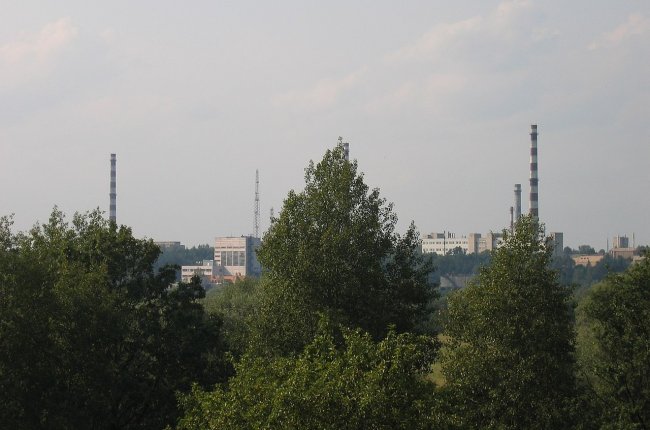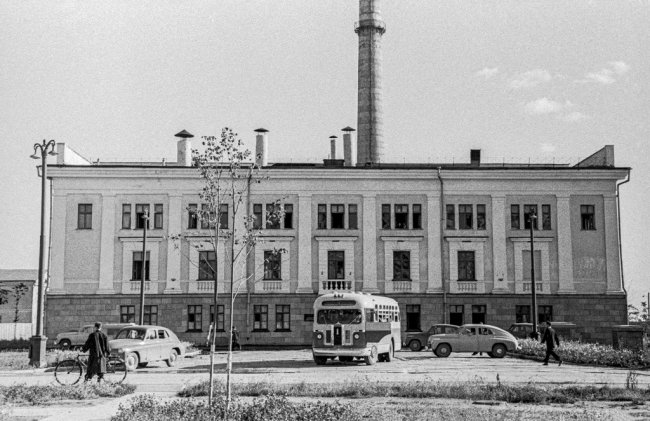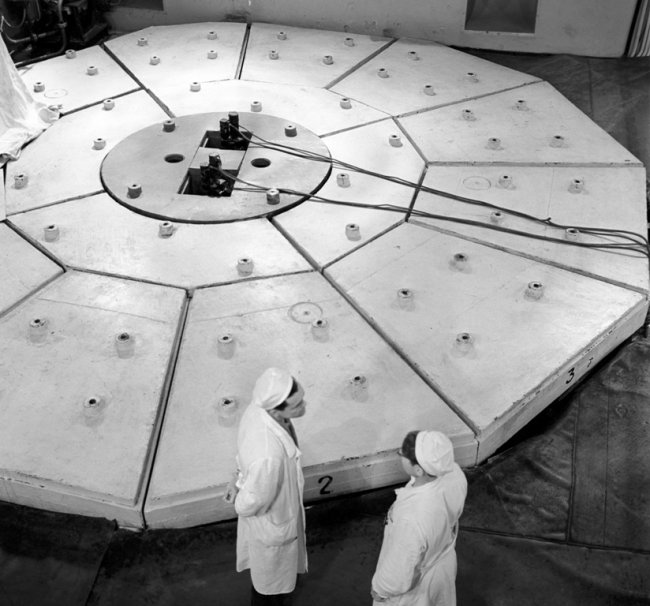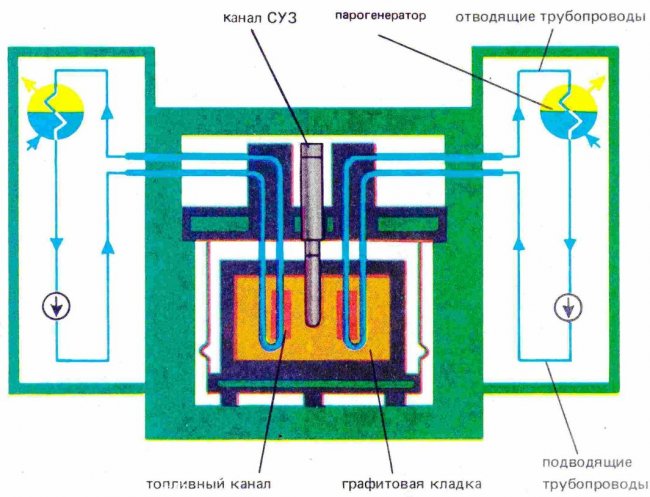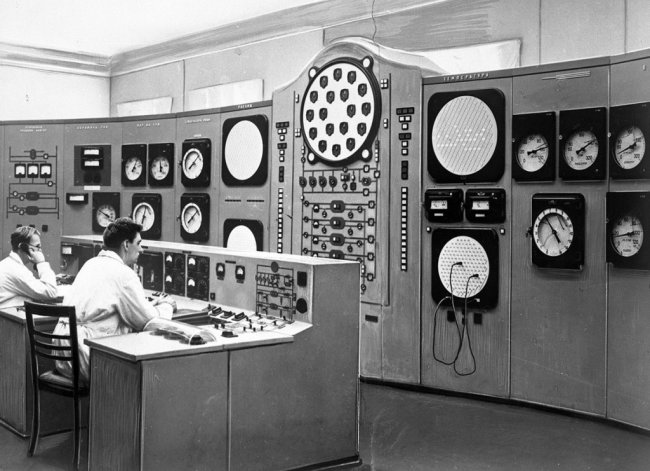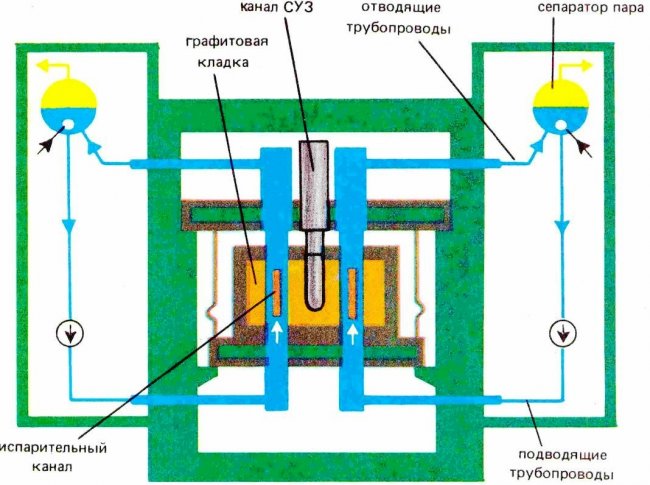Obninsk NPP — the history of the world's first nuclear power plant
On June 27, 1954, near Moscow, in the city of Obninsk, the world's first nuclear power plant (NPP-1) with a useful power of 5000 kW was put into operation.
Uranus was discovered in 1789 by German chemist Martin Klaproth and named after the planet Uranus. Decades later, in December 1951, at the EBR-I Experimental Breeder Reactor in Arco, Idaho, USA, nuclear power produced electricity for the first time—to run four light bulbs. However, the EBR-I is not designed to generate electricity.
NPP-1 in Obninsk is the world's first nuclear power plant that produces electricity for commercial use.
The world's first nuclear power plant
In the creation of the first in the world nuclear power plant the leading institutes, design bureaus and factories of the USSR participated. The scientific management of the problem is carried out by the Institute of Atomic Energy (IAE) and personally by academician I. V. Kurchatov. Since 1951, the scientific and technical management has been entrusted to the Institute of Physics and Energy and its director Professor D. I. Blohintsev.
A. K.Krasin is the first deputy director. The development of fuel elements (fuel rods) was led by V.A. Malykh. The design of the reactor was carried out by a team led by Academician N. A. Dolezhal and his closest assistant P. I. Aleshenkov. One of the most important systems — the reactor control and protection system — was developed under the leadership of I. Ya. Emelyanov, a corresponding member of the Academy of Sciences of the USSR.
The building of the Obnisk nuclear power plant in the 1950s
In February 1950, scientists proposed to build an experimental reactor in the Moscow region to generate 30,000 kW of heat and 5,000 kW of electricity. The USSR Council of Ministers approved the project in May 1950.
At the end of December 1950, a design of the reactor and thermal power plant was released, and at the end of the following year, detailed design and production of equipment began. Construction began in July 1951.
A water-graphite channel reactor was chosen for the first nuclear power plant. In it, the moderator is graphite, and water serves to remove the heat released in the fuel elements (by the way, it also participates in the moderation of neutrons).
USSR. Kaluga region. Obninsk. Reactor of the world's first nuclear power plant. Photo by TASS / Valentin Kunov
The basic structure of a power reactor—a complex and expensive technical structure—is quite simple.
Water-graphite channel reactors, the progenitor of the first nuclear power plant, consist of a stack of graphite blocks pierced with vertical holes. The holes form a uniform grid. They contain fuel channels with fuel elements and control and protection devices (CPS).
The graphite package is placed in a sealed reactor space that is filled with an inert gas. The reactor space is formed by a bottom plate on which the masonry rests, a side jacket and an upper plate with openings corresponding to the openings in the masonry.
To remove the heat released in the fuel elements of the first NPP, two circulation circuits were provided.
The first circuit is sealed. In it, the water (coolant) is fed from above into each fuel channel, where it is heated, then enters a heat exchanger — a steam generator, after cooling, in which the pumps return it to the reactor.
In the second circuit, in the steam generator, steam is generated that drives a conventional turbine. Thus, the energy reactor replaces the steam boiler of the thermal power plant. Because of this, it is often called a steam-generating nuclear power plant.
Structural diagram of the reactor of the first nuclear power plant
Now the device of the first nuclear power plant looks simple and ordinary. Especially for specialists. But almost 70 years ago, when it was created, there was no analogue, model or bench on which to check the results of calculations.
And there were many questions. How to distribute the water from the primary circuit to all 128 fuel channels and four more fuel cells from each channel, and how will this distribution change when channel power changes (inevitable during operation)?
How will the reactor behave when there is again an inevitable change in the density of the water in the channel, especially during its warm-up during startup and cooling during shutdown, when the reactor transitions from one feed to another, etc.?
With the start of operation of the first nuclear power plant, answers to these and many other questions were received, which fully confirmed the expectations of scientists and power plant developers.
The solutions involved in the design of the first nuclear power plant turned out to be so successful that even now, after forty years of operation, it continues to be successfully used for scientific and technical experiments.
In 1956, Calder Hall 1, the first commercial nuclear power station, was connected to the British national grid. In 1958, the first commercial nuclear power plant in the US, the Shipport Nuclear Power Plant, opened. In 1964, the first French power reactor EDF1 was operating in Chinon on the Loire River.
For about 4 years, before the opening of the Siberian nuclear power plant in Tomsk, Obninsk remained the only nuclear reactor in the Soviet Union. The next Soviet nuclear power plant to be connected to their grid was the 100 MW Beloyarsk Power Plant No. 1 in 1964 (see — Nuclear power plants of Russia).
The reactors of the first stage of the Beloyar NPP and the Bilibin NPP were closest to the reactor in Obninsk. But there are also fundamental differences. At the Beloyarsk NPP, nuclear superheating of steam was used for the first time in world practice.
The experience of creating and a decade of operation of channel reactors made it possible to develop a project for a series power reactor RBMK (high power boiling reactor). Its thermal scheme is the same as that of reactors with water-graphite channels, but the fuel elements are not tubular, but rod-shaped, with a lining of zirconium alloy, which weakly absorbs neutrons.
18 such fuel rods are combined into a fuel assembly, which is mounted on top in a zirconium tube, forming a fuel channel. Protection and control devices run in the same pipes.
The design of the fuel channels makes it possible to reload the fuel (using a special machine) without shutting down the reactor, which is inevitable for almost all other types of reactors. Reactor run time at power is increased and uranium utilization efficiency is greatly increased.
Structural diagram of channel water-graphite reactor RBMK
The first RBMK with an electrical capacity of 1000 MW was installed at the Leningrad Nuclear Power Plant, which was commissioned in 1973. The same reactors were installed at the Chernobyl Nuclear Power Plant.
At the end of 1983, the first RBMK-1500 was commissioned at the Ignalina NPP. Thus, in less than 30 years, the unit power of the reactors has increased 300 times. One RBMK-1500 has the same capacity as all power plants built under the GOELRO plan. The Ignalina reactor was the most powerful in the world for several years.
According to the International Atomic Energy Agency, there are currently 443 civilian nuclear reactors operating in the world, with another 51 under construction.
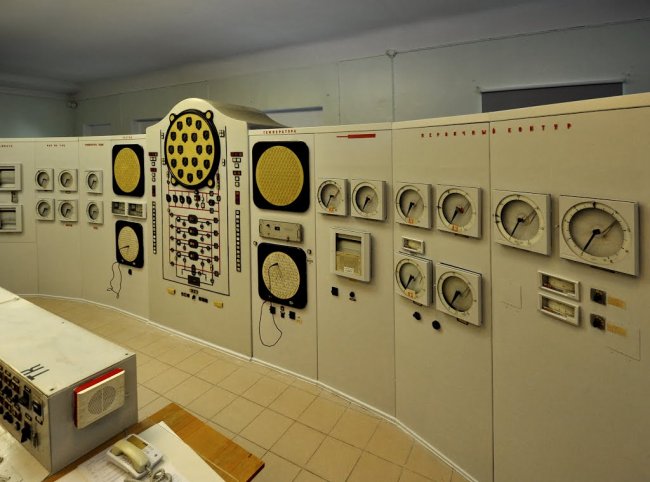
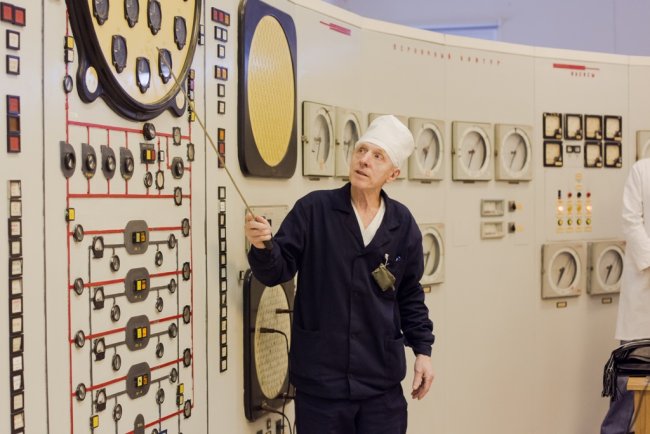 Main control panel of Obninsk NPP
Main control panel of Obninsk NPP
Obninsk NPP was closed and decommissioned in April 2002, i.e. it operated for 48 years without incident, which is 18 years longer than originally planned, and during that time the station had only one overhaul.
The importance of the first nuclear power plant can hardly be overestimated.Its role is huge in the development of nuclear energy, in justifying the technical solutions included in the projects of the next stations, in the training of highly qualified personnel.
In 2009, a museum of nuclear energy was established on the basis of the Obninsk NPP.

